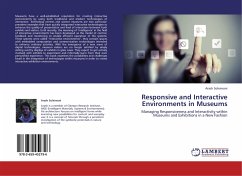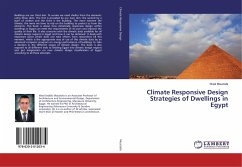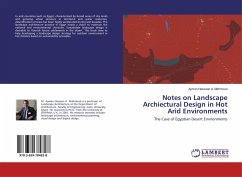
Responsive and Interactive Environments in Museums
Managing Responsiveness and Interactivity within Museums and Exhibitions in a New Fashion
Versandkostenfrei!
Versandfertig in 6-10 Tagen
36,99 €
inkl. MwSt.

PAYBACK Punkte
18 °P sammeln!
Museums have a well-established reputation for creating interactive environments by using both traditional and modern technologies of interaction. Technology centres and science museums are two particular prevalent examples that have quickly integrated interactive technologies to enhance the quality of presentation and level of interaction between both exhibits and visitors. Until recently, the meaning of 'intelligence' in the field of interactive environments has been developed as the model of control, feedback and monitoring to enable efficient operation of the systems. These systems were ca...
Museums have a well-established reputation for creating interactive environments by using both traditional and modern technologies of interaction. Technology centres and science museums are two particular prevalent examples that have quickly integrated interactive technologies to enhance the quality of presentation and level of interaction between both exhibits and visitors. Until recently, the meaning of 'intelligence' in the field of interactive environments has been developed as the model of control, feedback and monitoring to enable efficient operation of the systems. These systems were called "interactive environments", they contain spaces with embedded computation and communication technologies intended to enhance ordinary activities. With the emergence of a new wave of digital technologies, museum visitors are no longer satisfied by simply visiting worthy displays of exhibits in glass cases. They expect to get actively involved with exhibits to experiment and informally learn from their own personified experience. This book examines the possibilities and challenges faced in the integration of technologies within museums in order to create interactive exhibition environments.












